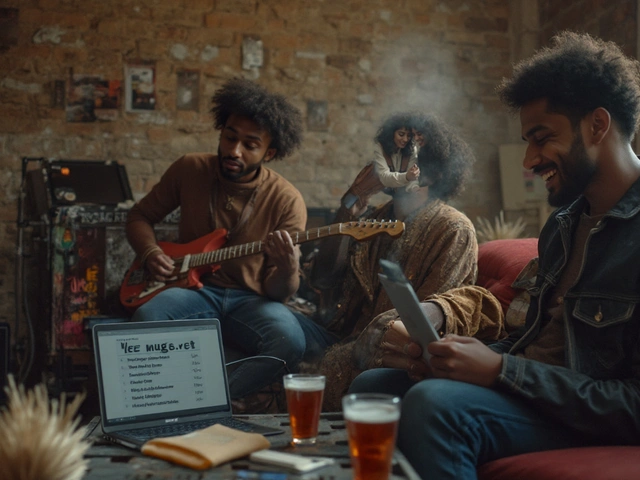Livestream Event Cost: What It Really Takes to Broadcast a Live Concert
When you think about livestream event cost, the total price to broadcast a live music performance over the internet. Also known as live concert streaming cost, it’s not just about hitting go on a camera—it’s gear, platforms, bandwidth, rights, and labor. A simple phone stream might seem free, but professional broadcasts? Those add up fast. Whether you’re an artist trying to reach fans or a fan wanting to watch your favorite band from home, understanding the real cost behind the stream changes everything.
The biggest chunk of livestream event cost usually comes from the platform. Services like nugs.net, a subscription-based service that streams archived and live concerts from major artists charge per show or require monthly fees. Others, like YouTube or Facebook Live, don’t charge upfront—but they take a cut of ad revenue, and you’re stuck with their rules. Then there’s the gear: microphones, cameras, mixers, encoders, and backup power. A basic setup can run $2,000–$5,000. Top-tier tours spend $20,000 or more just on the streaming rig. And don’t forget the crew: a tech, a sound engineer, and a director aren’t optional if you want the stream to look and sound professional.
Legal costs matter too. You can’t just livestream a concert without permission—copyright law protects the music, the performance, and even the venue’s right to control broadcasts. That’s why platforms like Peacock, a streaming service that partners with labels and promoters to legally offer live concerts exist. They pay licensing fees upfront. Independent artists who stream without deals risk takedowns, fines, or worse. Even if you’re not charging viewers, streaming without rights is still illegal. And if you’re planning to monetize? You’ll need performance licenses from ASCAP, BMI, or SESAC—another layer of fees.
Then there’s the hidden cost: bandwidth. Streaming to thousands of viewers at once? That eats internet data like crazy. Most home connections can’t handle it. Professional streams use dedicated fiber lines, cloud encoders, and CDNs—each adding hundreds to thousands per event. And if the stream crashes? You lose fans, trust, and potential ticket sales for the next show.
But it’s not all expense. Some artists use livestreams to test new songs, build hype for tours, or sell exclusive merch during the broadcast. Fans pay for VIP access, behind-the-scenes content, or even digital tickets to watch from home. That’s where the real value kicks in—when the livestream event cost turns into revenue. Look at nugs.net or Ticketmaster’s VIP streams: they’re not free, but they’re profitable because they’re official, high-quality, and tied to real fan experiences.
What you’ll find below are real breakdowns of what these streams cost, who pays for them, and how fans can tell the difference between a professional broadcast and a shaky phone clip. From pricing on nugs.net to the hidden fees behind Ticketmaster’s VIP streams, these posts cut through the noise. You’ll see exactly what’s worth paying for—and what’s just noise with a camera.






